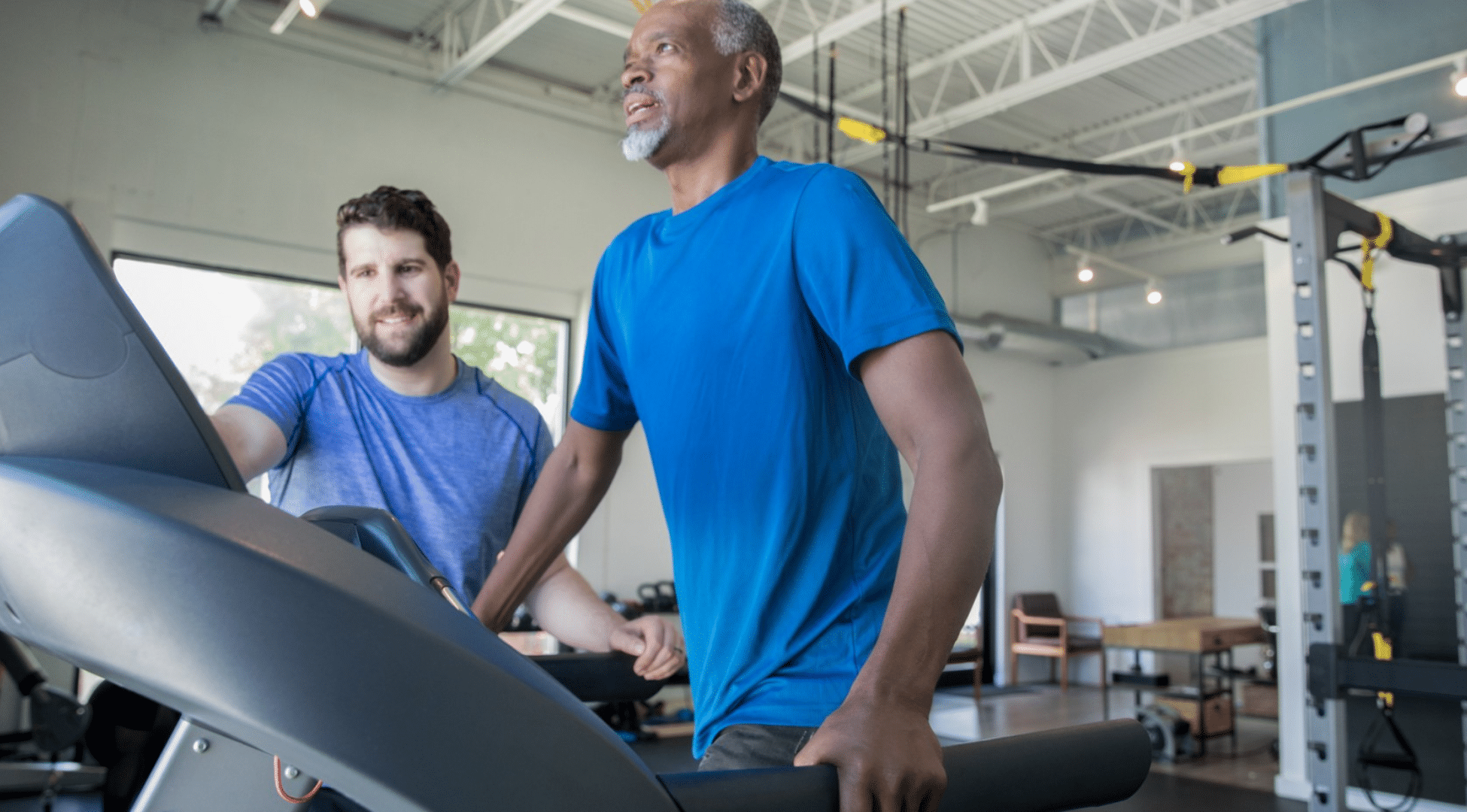Not sure how to start being active again after your heart scare? I get it; it can feel confusing and even a little scary.
That’s why I put together this guide on cardiac rehab exercises just for you. These are easy, safe moves you can do at home to help your heart get stronger and your body feel better.
I’ll walk you through simple exercises, how to build a routine, and how to know you’re doing it right. You don’t need fancy equipment or long workouts.
Just small steps, done regularly, can make a real difference in how you feel. This is about helping you feel steady, supported, and in control of your recovery.
What is Cardiac Rehab and Why Exercise Helps Your Heart
Cardiac rehab is a medical program made for people who have had heart problems. It helps you recover and stay healthier through a mix of safe exercise, healthy eating, stress control, and support.
The goal is to make your heart stronger and lower the chances of more heart trouble later. Exercise plays a big role in this. It helps your heart pump better, gives you more energy, lowers your blood pressure, and can even lift your mood.
People who’ve had a heart attack, heart surgery, heart failure, chest pain (angina), or a heart transplant are often the ones who need cardiac rehab.
It’s a smart way to feel better, live longer, and keep your heart in better shape.
Things to Know Before You Begin
Before starting your workout, always warm up for 5 to 10 minutes. This helps your body get ready and lowers the risk of injury. After exercising, take another 5 to 10 minutes to cool down.
This helps your heart rate return to normal slowly. Make sure to talk to your doctor before trying any new exercise, especially if you have heart problems.
If you feel chest pain, dizzy, or more tired than usual, stop right away and rest.
Don’t hold your breath while moving; breathe in and out like normal. Also, keep a bottle of water close to stay hydrated while you exercise.
Easy Cardiac Rehab Exercises for a Stronger Heart
If you’re recovering from a heart problem, moving your body safely can make a big difference.
These easy cardiac rehab exercises can help you get stronger, feel better, and support your heart without overdoing it:
1. Walking (Indoor or Outdoor)

Walking is one of the simplest and most effective ways to support heart recovery. Start with 5 to 10 minutes and slowly increase your time as you build strength.
If you’re walking inside your home or outside, it helps improve your heart function and builds endurance.
Walking is gentle on your joints and easy to adjust depending on how you’re feeling that day. You can walk at your own pace and take breaks if needed, making it a safe, low-impact choice for most people.
2. Seated Marching
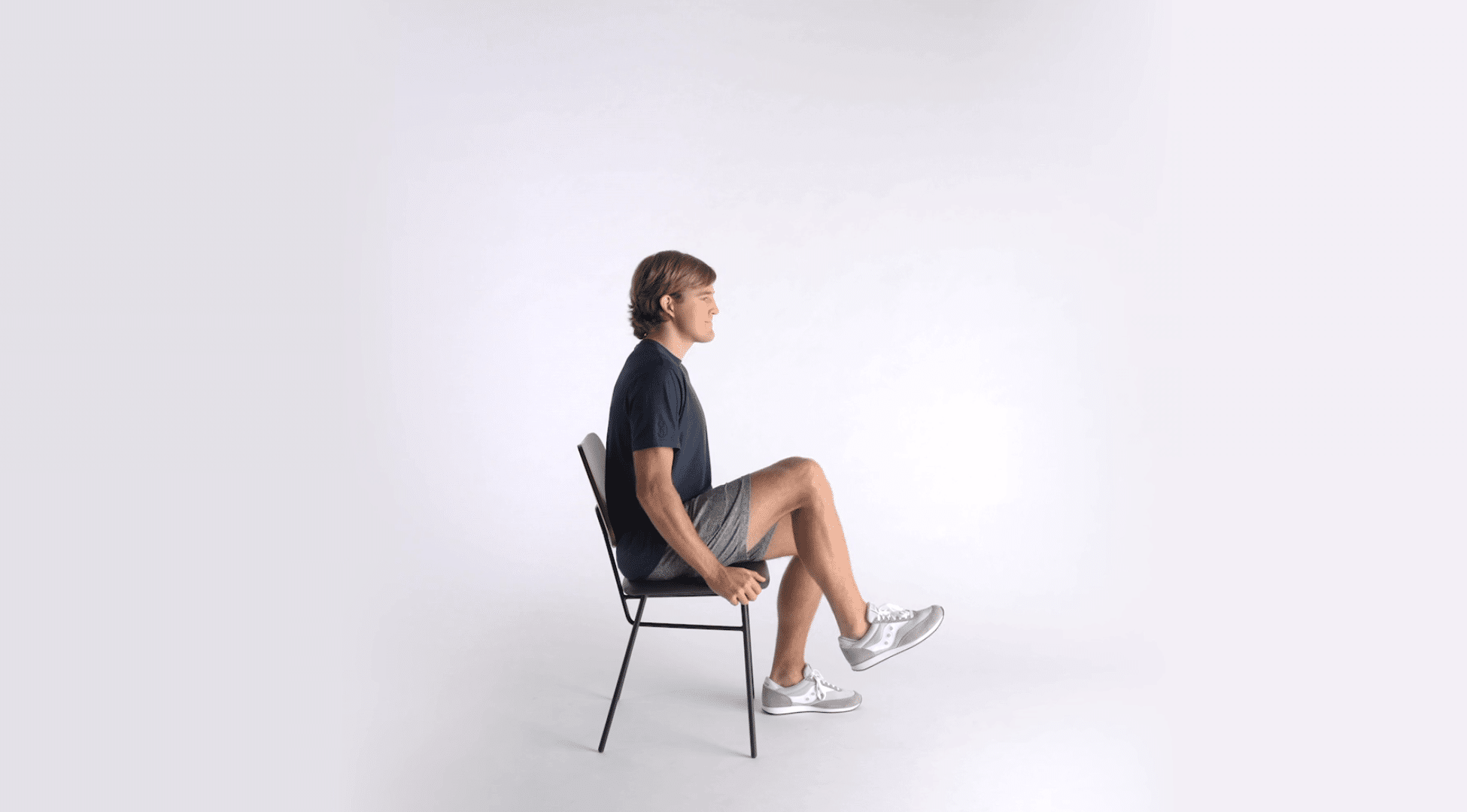
Seated marching is a good choice if you’re just starting out or have trouble standing for long. Sit up straight in a sturdy chair and lift your knees one at a time, as if you’re marching in place.
This movement improves blood flow, strengthens your legs, and keeps your muscles active without putting pressure on your heart.
It’s especially helpful for people with limited mobility or those recovering at home. Start slowly and keep a steady pace that feels comfortable to you.
3. Wall Push-Ups
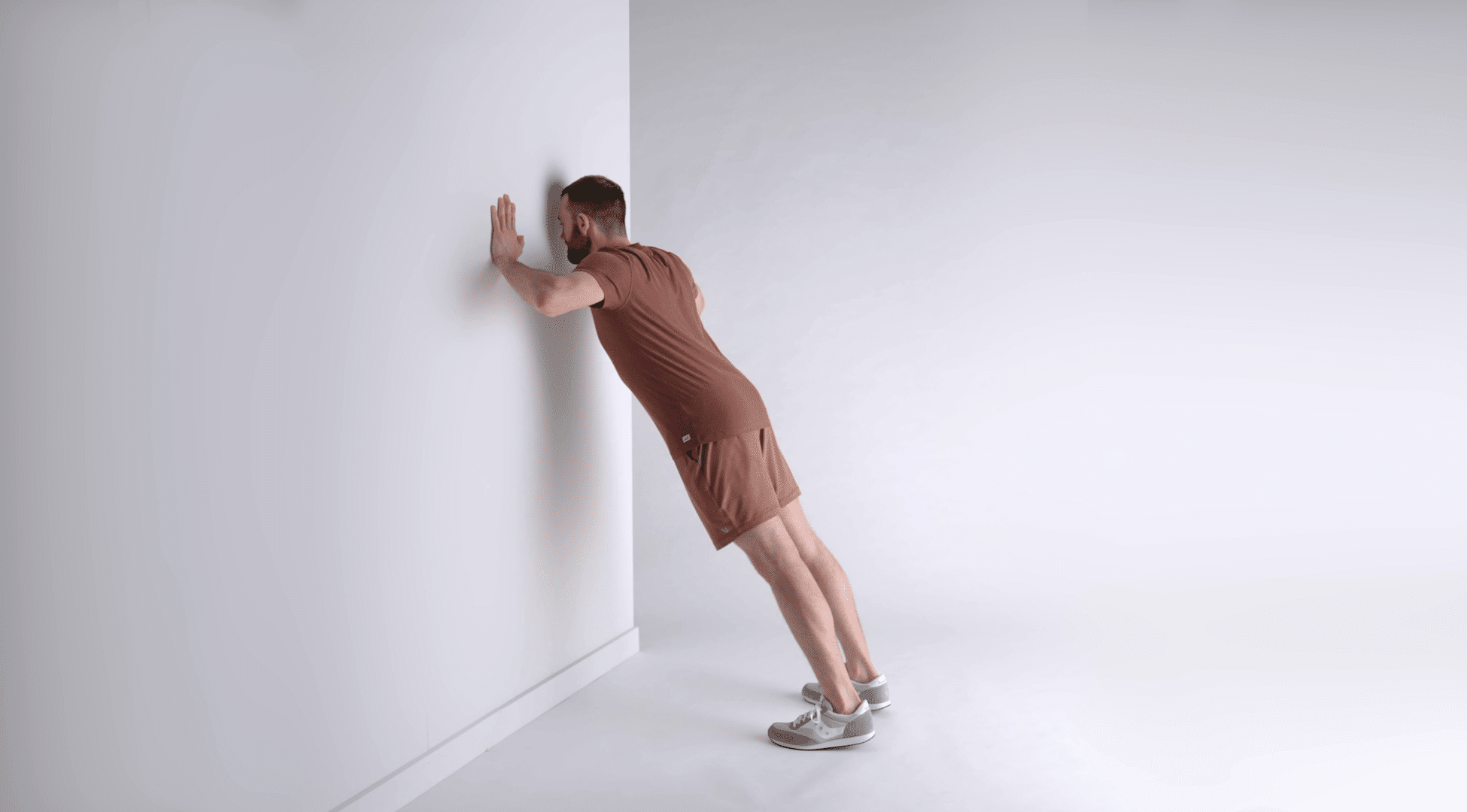
Wall push-ups are an easy way to build upper-body strength without overworking your heart.
Stand a few feet away from a wall, place your hands on it at shoulder height, and slowly lower your body toward the wall, then push back. This works your chest, shoulders, and arms in a safe way. Aim for 10 to 15 slow repetitions.
Wall push-ups help improve muscle tone and circulation, and since there’s no need to get down on the floor, they’re perfect for all fitness levels.
4. Leg Raises (Seated or Standing)
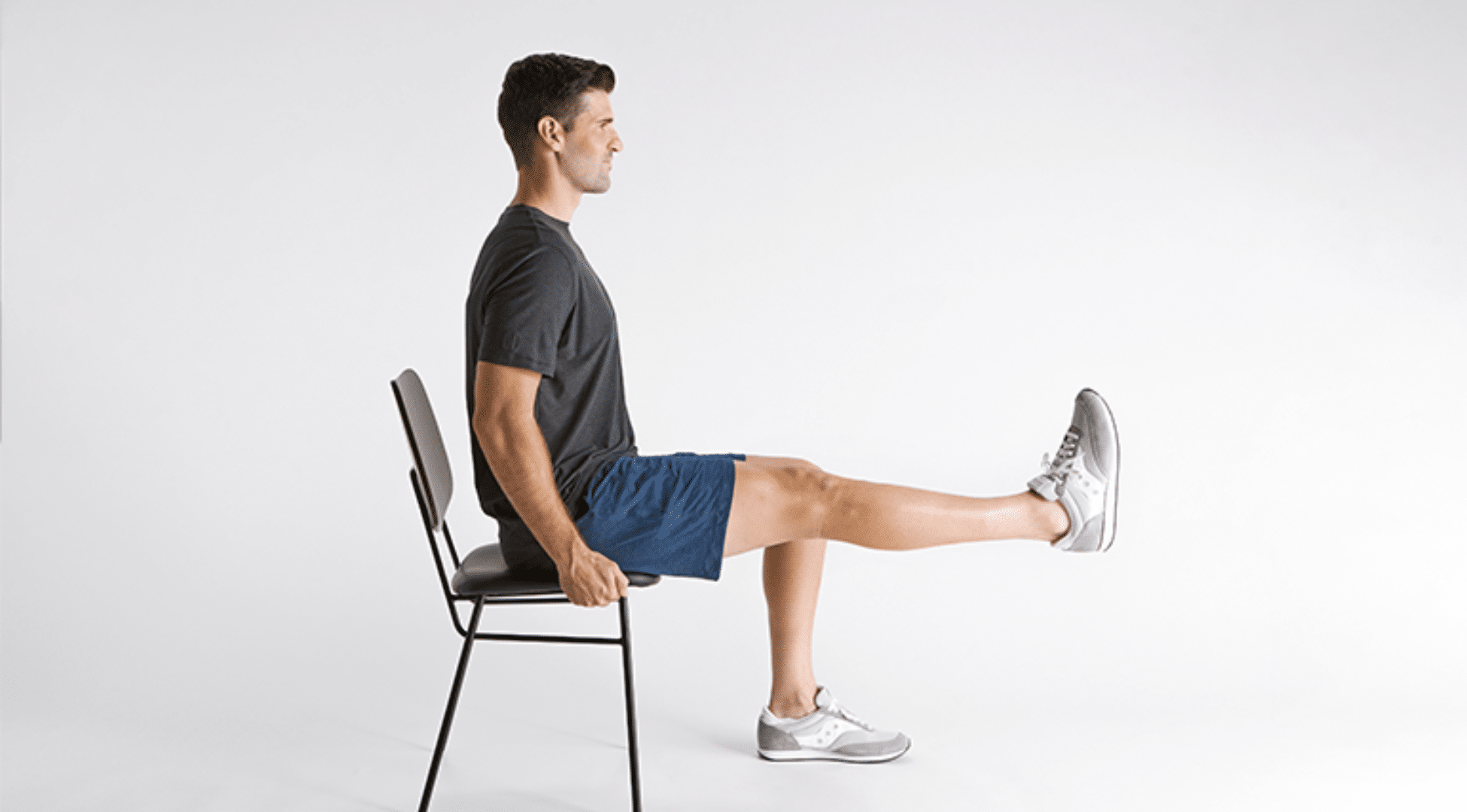
Leg raises help strengthen the lower body and improve balance. You can do them seated or standing, whichever feels safer.
While seated, lift one leg straight out and hold it for two seconds before lowering it. If standing, use a chair for balance and do the same motion.
This simple movement supports muscle strength in the thighs and hips, which can make daily tasks easier. Aim for several reps on each leg, and don’t forget to breathe steadily throughout the exercise.
5. Side Leg Raises
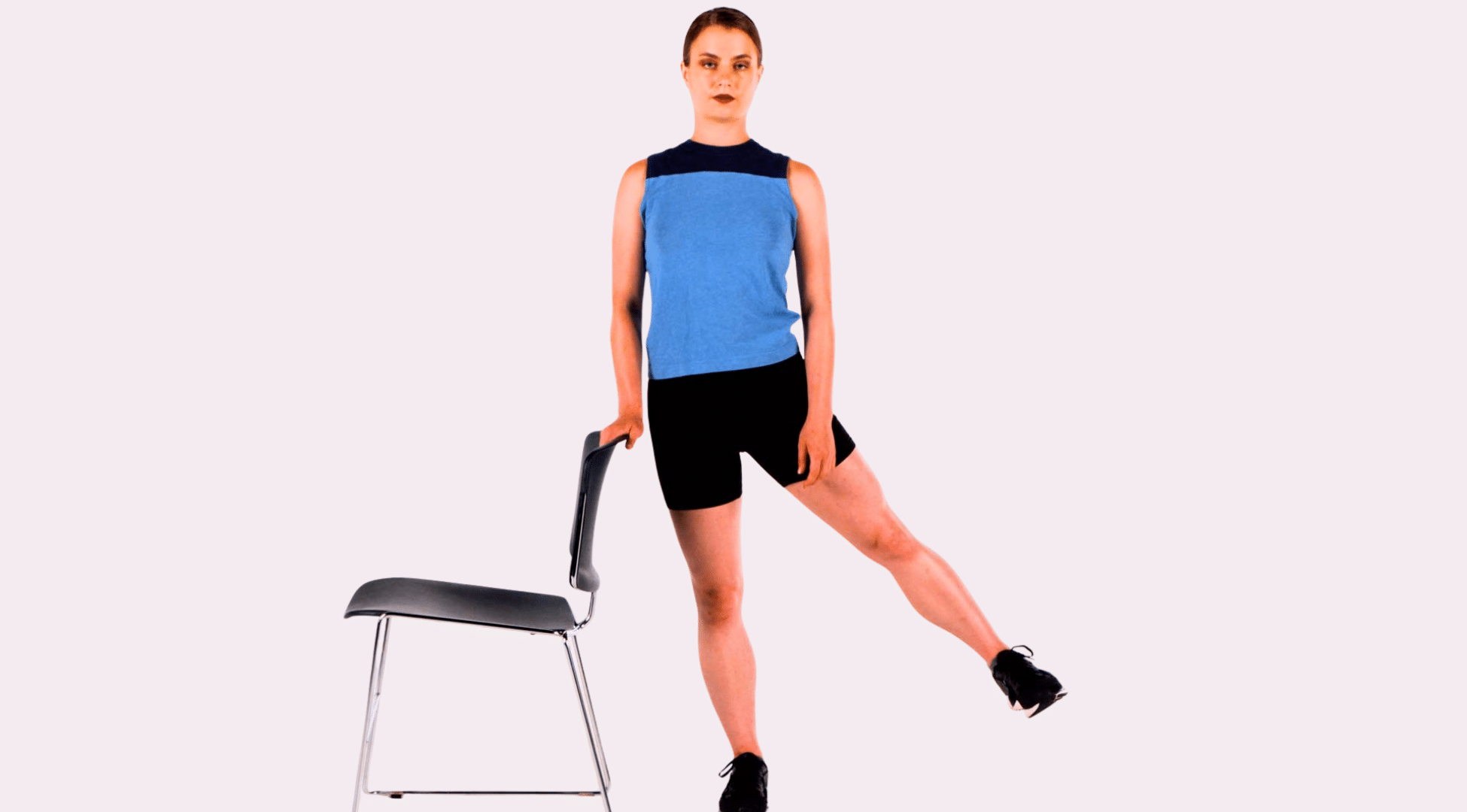
Side leg raises help with balance and hip strength, which are important for walking and standing safely.
Stand behind a sturdy chair and hold the backrest for support. Slowly lift one leg out to the side without leaning your body, then bring it back down. Try doing 10 to 12 reps on each leg.
This gentle movement works your outer thighs and improves joint stability. Take your time and stay steady to avoid any wobbles or strain while doing the exercise.
6. Arm Curls with Light Weights or Water Bottles

Arm curls are great for building arm strength and improving circulation. You can do them while sitting or standing.
Use light dumbbells or water bottles; anything that adds gentle weight. Hold them at your sides with your elbows tucked in, then curl your hands up toward your shoulders and lower them slowly.
Aim for slow, steady movements. This helps strengthen your biceps and makes everyday tasks like lifting things easier. Keep your breathing normal and don’t rush through the motion.
7. Heel-to-Toe Walk
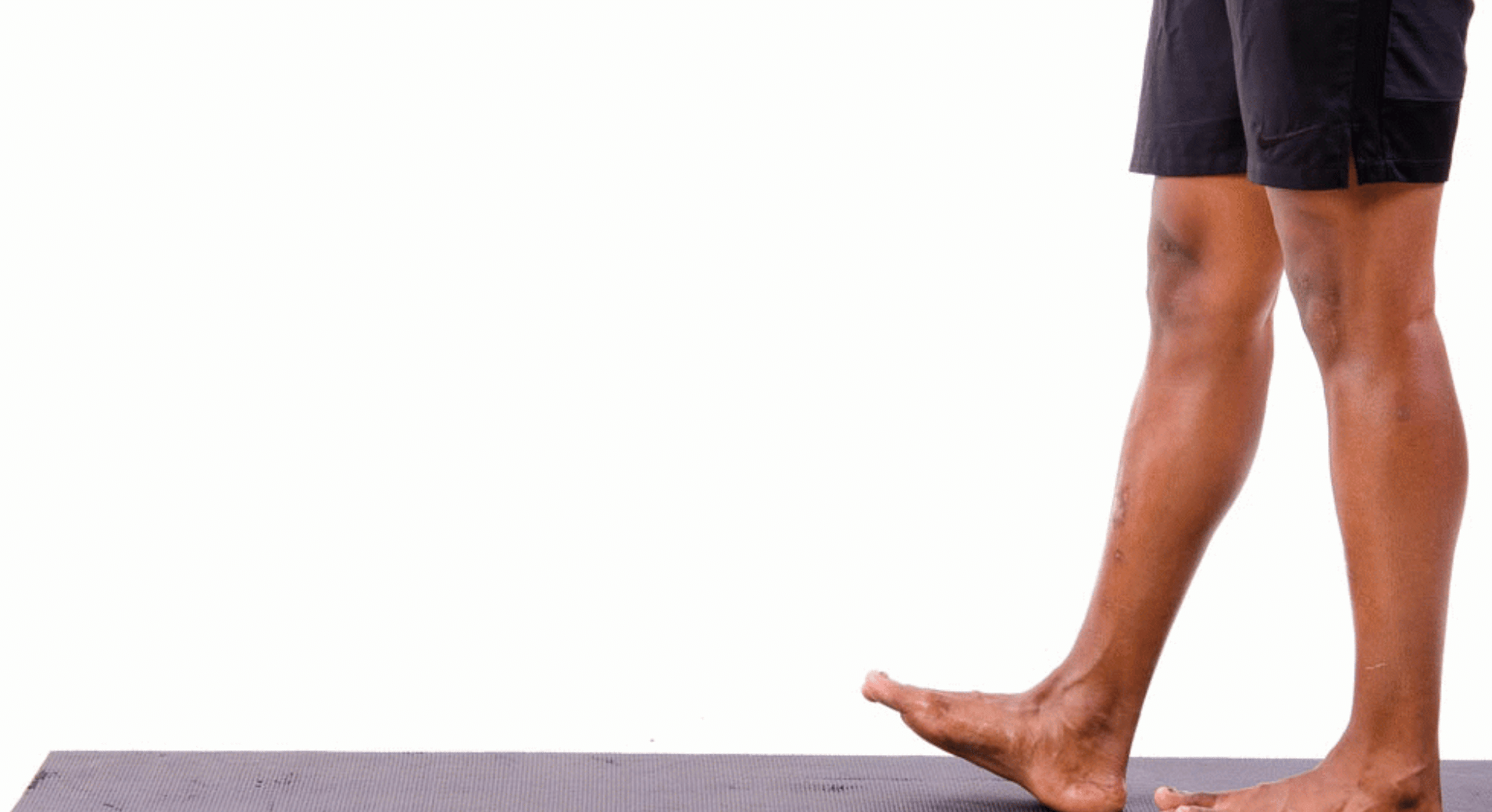
The heel-to-toe walk is a balance exercise that also works your leg muscles.
Walk in a straight line by placing the heel of one foot directly in front of the toe of your other foot. Go slow and focus on keeping your balance. Try 10 steps at a time, then rest and repeat.
This move helps improve coordination and makes it easier to walk without falling. You can hold onto a wall or table for extra support if needed while you practice.
8. Seated Toe Taps
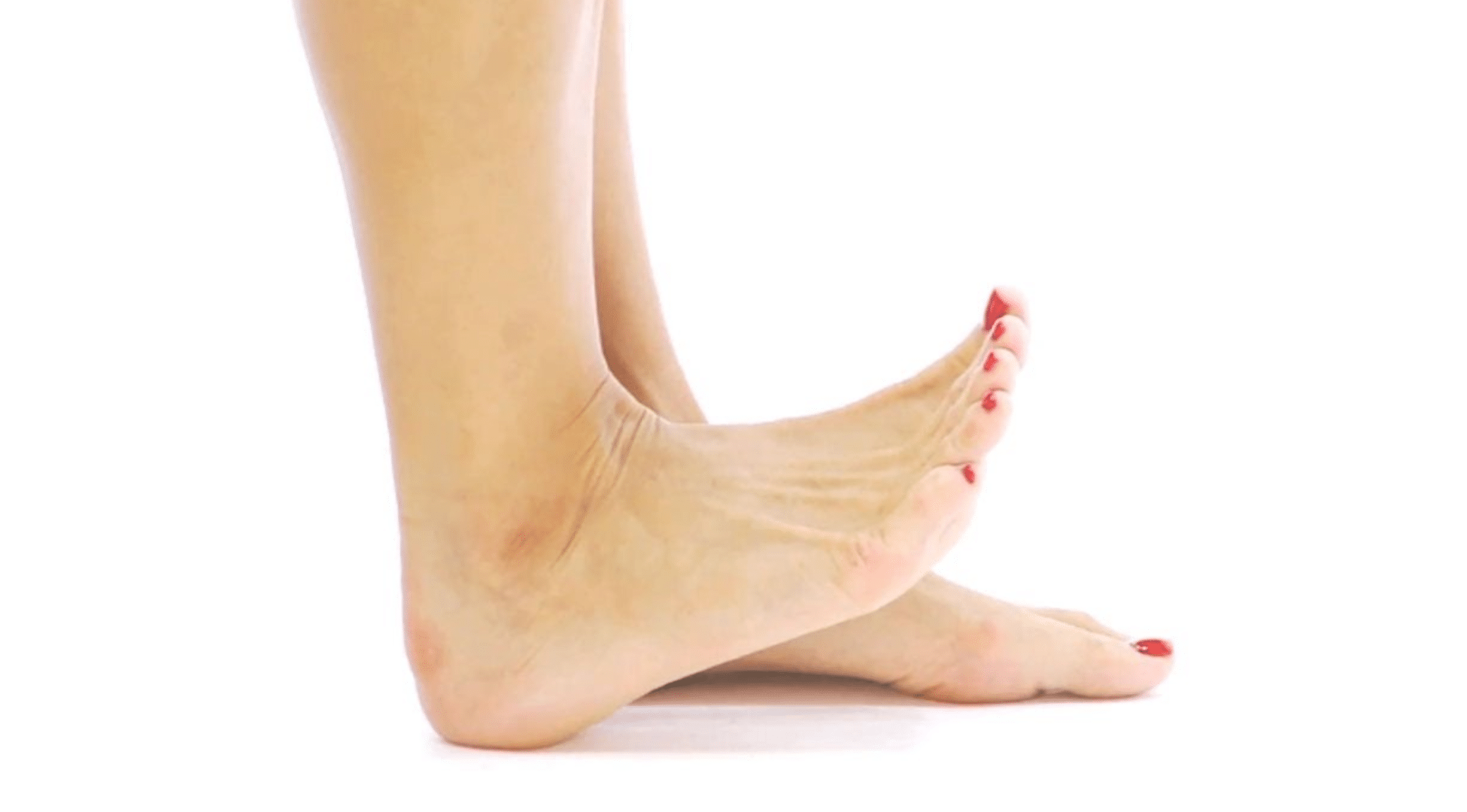
Seated toe taps are a small movement that can have a big effect. Sit up tall in a sturdy chair with your feet flat on the ground. Tap your toes up and down in a slow, steady rhythm.
This exercise helps improve ankle movement and increases blood flow in the lower legs, which is helpful if you’re sitting often.
It’s also a gentle warm-up or cooldown activity. Start with about 30 seconds and add more time as it becomes easier.
9. Chair Squats
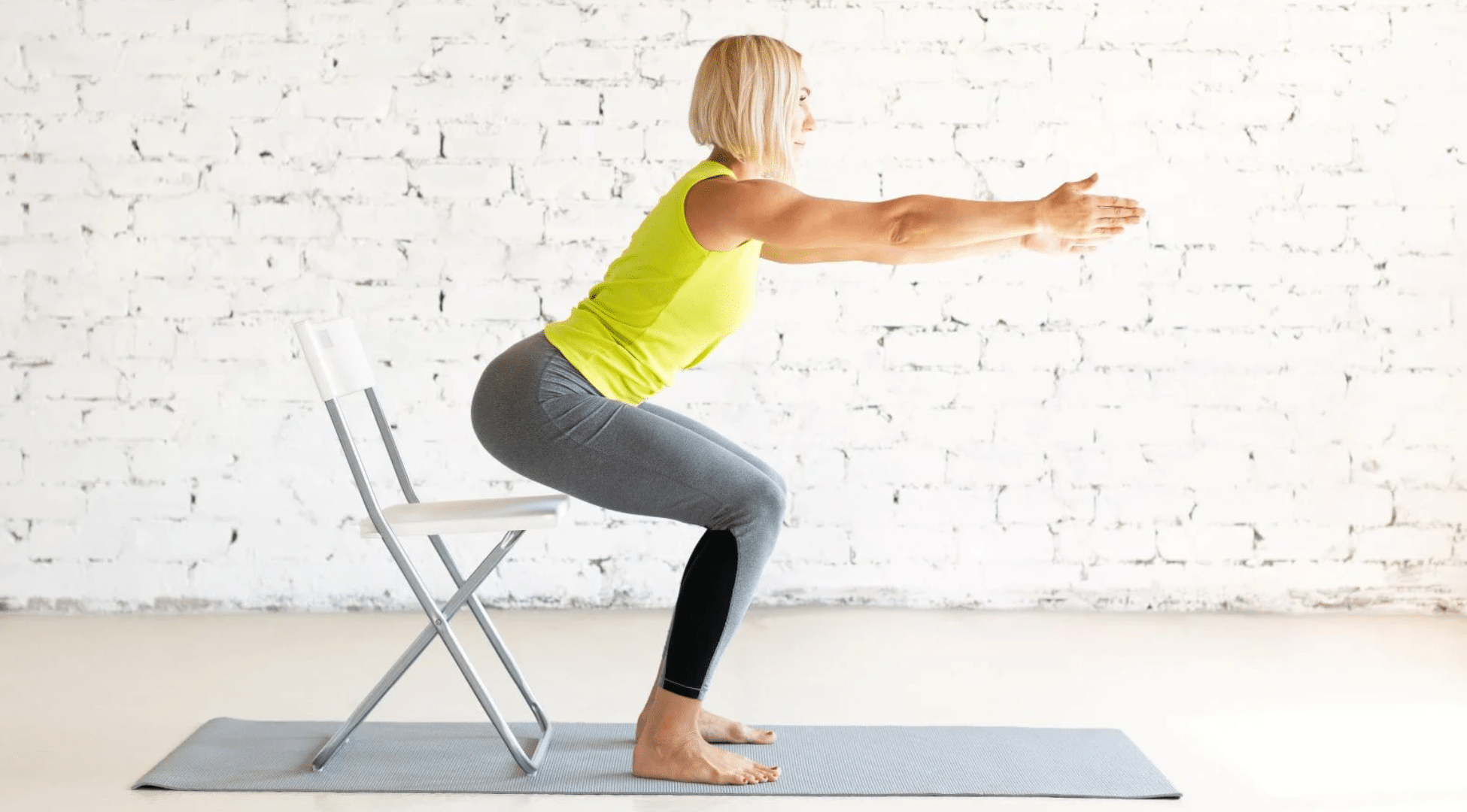
Chair squats are a safe way to build strength in your legs and core.
Stand in front of a sturdy chair, then sit down and stand back up slowly, using your leg muscles to control the motion. Keep your feet flat on the floor and your back straight.
Aim for 8 to 10 reps at your own pace. Chair squats can make standing, walking, and climbing stairs easier over time. They’re also good for building balance and reducing the risk of falls.
10. Deep Breathing with Arm Raises

This calming exercise supports relaxation and better breathing.
While sitting or standing, raise your arms slowly above your head as you breathe in deeply. Then lower your arms as you breathe out.
This movement helps bring more oxygen into your body and can lower stress. It’s a great way to end your workout or take a break when you feel tense.
Try this for a few minutes, focusing on steady breaths and slow movements to help your body feel more at ease.
How to Know You’re Doing It Right
It’s important to know if your cardiac rehab exercises are helping and safe for you. During the workout, you might feel slightly warm or breathe a little faster, but you should still be able to talk.
That means you’re working at a safe pace. If you feel chest pain, dizzy, too tired, or short of breath, stop right away. After exercising, you should feel okay, not drained.
A simple way to track progress is by keeping a small notebook. Write what exercises you did, how long, and how you felt.
If you start feeling stronger and more comfortable over time, that’s a good sign. These small changes show you’re on the right path and can safely keep going.
How to Build Your Routine
Creating a heart-friendly workout plan doesn’t have to be hard. Start slow and keep it simple.
Pick a few exercises that feel right for you, and stay consistent. Here’s how you can build a safe and steady cardiac rehab routine:
- Start with 3–5 exercises per session: Pick a mix of movements that work your upper body, lower body, and balance.
- Do each for 1–2 sets of 10–15 reps or 30–60 seconds: Go at your own pace. Rest if you need to, and keep your breathing steady.
- Alternate days or mix cardio and strength: Give your body time to recover by switching focus each day or skipping a day between sessions.
- Track your progress in a simple log: Write down what you do, how long you did it, and how you felt. This helps you see your progress over time.
Stick with your plan, and your body will thank you. Little by little, you’ll feel stronger and more confident in your movement.
Final Thoughts
You’ve just learned some simple cardiac rehab exercises that can help you feel stronger and support your recovery. I hope this gave you a clear place to start.
Think about which moves feel doable for you, and try adding a few into your day. You don’t need to rush – just go at your own pace and be kind to yourself.
Every small effort counts. I made this guide to make things easier for you, and I’m glad you made it to the end.
Keep checking in with how you feel and keep moving forward, little by little. If this helped, I’ve got more guides like this. Take a look at other blogs for simple tips to help you stay active and feel good!










